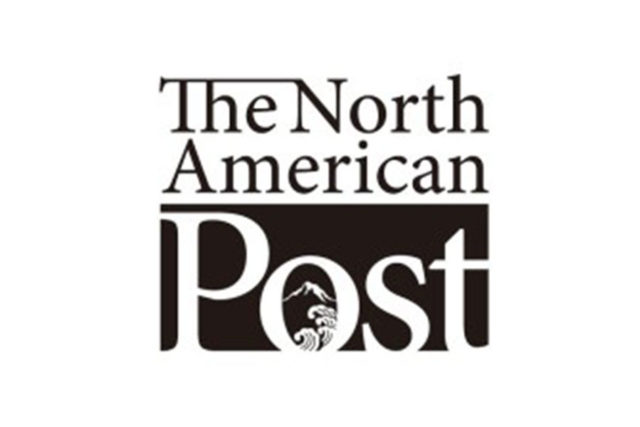I am a third generation Chinese American, born on the island of Oahu during the Great Depression. My grandparents came from Canton, China and, at that time, the Hawaiian Islands were governed by the Royal Hawaiian Kingdom, King Kamehameha’s descendants. When I was born, Hawaii was still a territory of the United States. Citizens in Hawaii had no voting rights until the Hawaiian Islands became a state on August 21, l959. By that time, I was twenty-seven years old.

Growing up in the Islands was very carefree for me. Kids mostly did not wear shoes, walked to school unescorted, and carried Japanese-style book bags. There was no lunch program, no television, or cell phones. My friends, cousins, and I went swimming at the beach, climbed trees, and played in the nearby river beds catching small fish with home-made nets. We jumped rope, played jacks, and competed in marble games. I was influenced by many cultures in the Hawaiian Islands, but the Japanese influence was one of the most important because in the 1920’s, the Japanese constituted 43% of Hawaii’s population.
When Pearl Harbor was attacked on December 7, 1941, I was nine years old. “It’s war, it’s war,” I heard. I was really puzzled by this statement and asked, “What is war?” I didn’t know life as I knew it had changed. The Hawaiian Islands were under martial law for the entire duration of World War II. A year after the attack, on December 12, 1942, I was fingerprinted and given a Territory of Hawaii Identification Certificate and a gas mask. I had to carry both at all times in case of a surprise attack.

Japanese influence remained strong even after the war. For example, I graduated with about 1,000 students in 1950 from McKinley High School. The school was known as “Tokyo High” because more than 90% of the students graduating that year were Japanese. My high school is still going strong. In September 2015, President William McKinley High School celebrated 150 years in public education.

In 1951, I moved to Los Angeles. A few years later, in 1954, I married Isamu Ito, a Japanese American Nisei. I met my husband while working at the Los Angeles County Flood Control District. He was a civil engineer. I was a student worker still attending college. After we married, I became a Japanese wife, fully submersed in his family; I learned Japanese cooking and how to keep and decorate a house in the Japanese style. Because my mother-in-law didn’t really speak English, I even learned some Japanese. During that time, my in-laws were the focus of our lives. I have fond memories of how on Saturday the fish man would come by and we would have sashimi.
During the war, my husband’s family was incarcerated in Heart Mountain, Wyoming from 1942 to 1945. The attack on Pearl Harbor on December 7, 1941 changed every American’s life, but especially the lives of Japanese Americans. More than 120,000 Japanese were incarcerated in twelve camps in the western region of the United States. Many were U.S. citizens from California. While my husband was in camp, he was drafted into the United States Army, which at the time was segregated. Six months later, when the war ended, he received an honorable discharge.
After the war, the U.S. Government gave each member of the Ito family who were still in camp $25.00 and bus fare out. After the war, Isamu decided to reenlist into the United States Military Intelligence Service (MIS). After graduating from MIS training, he was deployed to Occupied Japan as an MIS interpreter. His duty was top secret and he never shared stories with me even after the U.S. Government said it was okay to share them. Isamu Ito, went to his grave with his stories untold when he passed away on December 27, 2011.
On June 9, 2012, Isamu received at the Go-for-Broke Monument, the Los Angeles Regional Congressional Gold Medal. At the celebration, I accepted the Gold Medal posthumously on his behalf. I am involved in the Los Angeles Japanese American community to this day. I am a longtime volunteer at the Japanese American National Museum and take weekly classes in the Digital History Program at Visual Communications in Little Tokyo. It seems like there is always some event, friends, or just comfort food that brings me back to the Los Angeles Japanese community.
Fran Ito is a third generation Chinese American from the Island of Oahu and graduated from McKinley High School. She majored in Business and studied Art in college. She currently makes her home in Los Angeles. She was employed with the Los Angeles County for almost 30 years. After retiring from the County she went to work for a prominent non-profit charitable organization for 23 years as their Office Manager. To make a difference she has volunteered at the Japanese American National Museum, East West Players, Audubon Center at Debs Park, Los Angeles Conservancy, etc.
Fran enjoys edible gardening, hiking, camping, snow skiing, and attending concerts. She loves to travel and has visited many countries. She is now involved in creating short films.
[Editor’s Note] This article was originally published in Discover Nikkei at <www.discovernikkei.org>, which is managed by the Japanese American National Museum in Los Angeles.






